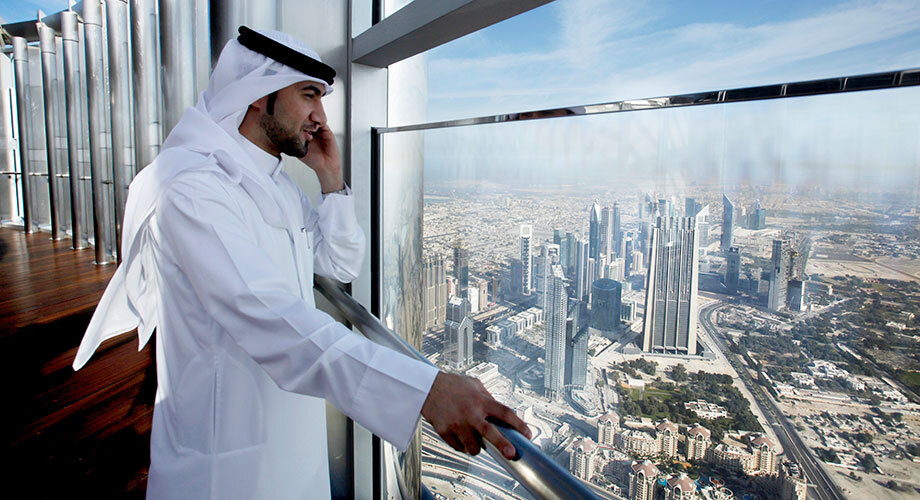
The Rise of Collaborative Robots (Cobots)
Factory floors are undergoing a significant transformation, driven by the integration of smart robots. No longer are we talking about the large, caged, isolated robots of the past. Today’s smart robots, particularly collaborative robots or cobots, are designed to work alongside human employees, enhancing productivity and safety. Cobots are smaller, more adaptable, and easier to program than their predecessors. Their ability to perform repetitive tasks with precision frees up human workers to focus on more complex and creative aspects of the manufacturing process, leading to a more efficient and fulfilling work environment.
Advanced Sensors and AI for Enhanced Perception
Smart robots rely heavily on sophisticated sensor technology. These sensors, ranging from vision systems and force sensors to proximity sensors and laser scanners, provide the robot with a detailed understanding of its environment. This “perception” is crucial for tasks requiring dexterity and precision, such as assembling delicate components or handling fragile materials. Combined with artificial intelligence (AI), these sensor inputs allow robots to make real-time decisions, adapt to unforeseen circumstances, and even learn from their experiences. This dynamic adaptability is a key differentiator between traditional automation and the smarter, more flexible robotic systems of today.
Predictive Maintenance and Reduced Downtime
Downtime is the enemy of productivity in any factory. Smart robots are equipped with built-in diagnostics and predictive maintenance capabilities. By constantly monitoring their own operational parameters, these robots can identify potential problems before they lead to costly breakdowns. This proactive approach allows for scheduled maintenance and repairs, minimizing disruptions to the production process. The data collected by these robots can also be used to optimize maintenance schedules and predict the lifespan of components, further reducing downtime and maximizing efficiency.
Improved Safety Measures on the Factory Floor
While the term “robot” might evoke images of dangerous machinery, smart robots are designed with safety as a paramount concern. Many cobots incorporate features like force limiting and safety sensors that automatically stop operation if they encounter an unexpected obstacle or come into contact with a human worker. This inherent safety minimizes the risk of workplace accidents and fosters a more collaborative relationship between humans and machines. The integration of smart robots, therefore, leads to a safer and more productive environment for everyone.
Increased Flexibility and Adaptability to Changing Demands
In today’s rapidly evolving market, the ability to adapt quickly to changing demands is crucial for manufacturing success. Smart robots, with their flexible programming and AI capabilities, offer unparalleled adaptability. They can be easily reprogrammed to handle different tasks and product variations, allowing manufacturers to respond effectively to fluctuating order volumes and evolving customer needs. This flexibility reduces the need for significant capital investment in new equipment every time a production change is required, making smart robotics a cost-effective solution in the long run.
Data-Driven Optimization and Enhanced Productivity
Smart robots are more than just automated arms; they are data-generating machines. They collect vast amounts of data on their performance, production rates, and operational parameters. This data can be analyzed to identify areas for improvement, optimize production processes, and enhance overall efficiency. By utilizing data analytics, manufacturers can make informed decisions about resource allocation, production scheduling, and process optimization, ultimately leading to increased productivity and reduced costs.
The Human-Robot Collaboration: A New Era of Manufacturing
The future of factory floors is not about robots replacing humans; it’s about humans and robots working together. Smart robots are transforming the manufacturing landscape, creating a more efficient, safer, and more productive environment. By automating repetitive and hazardous tasks, smart robots free up human workers to focus on higher-value activities, fostering a more skilled and engaged workforce. This human-robot collaboration marks a new era in manufacturing, one where technology and human ingenuity work hand-in-hand to drive innovation and growth. Read also about industrial automation machinery








